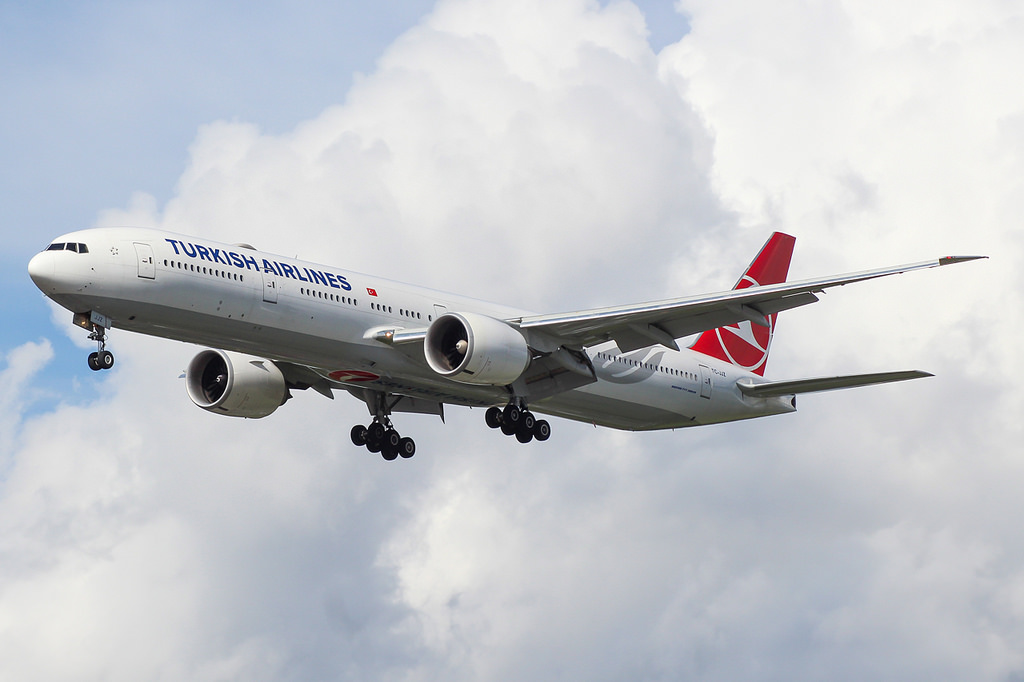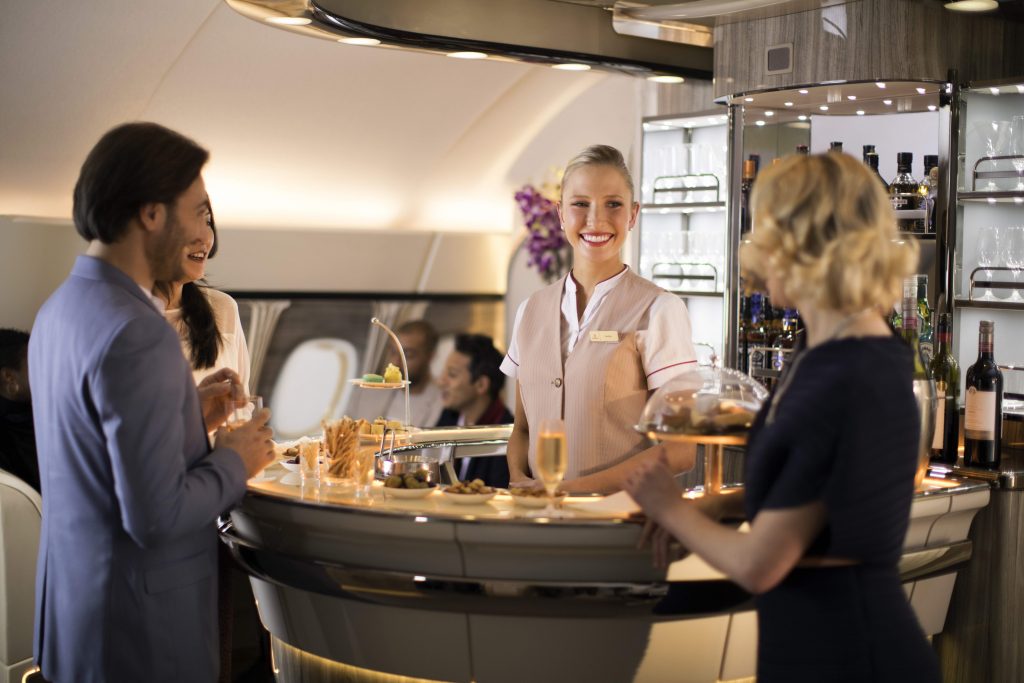
Blood can be seen splattered across overhead lockers, a woman is bloodied and in shock, oxygen masks and other debris hangs from the ceiling, passengers look around in utter bewilderment at what has just happened- that’s the scene that one passenger on Turkish Airlines flight TK1 filmed on their smartphone after their flight hit severe turbulence with just 40 minutes of a 10 hour flight left to go.
WATCH: passengers with bloodied faces; blood smeared on overhead cabin. 29 injured from severe turbulence on Turkish Airlines flight from Istanbul landing at JFK Airport tonight; gashes on heads to a broken leg. 10 people taken to hospital. Video courtesy Sead Nikaj pic.twitter.com/6SbhkGuqkp
— CeFaan Kim (@CeFaanKim) March 10, 2019
The Turkish Airlines Boeing 777-300 with more 326 passengers and 18 crew members left Istanbul on Saturday afternoon and was approaching New York’s JFK airport when the incident happened. At least 31 passengers were injured – one flight attendant sustained a broken leg and a number of casualties were transported to hospital.
“28 passengers and 2 cabin personnel were slightly injured due to the unforeseeable weather conditions (turbulence) that encountered in our TK01 Istanbul (IST) – New York (JFK) flight,” the airline said in a statement.
A spokesperson said 18 of the injured passengers were discharged after receiving treatment at hospital, while 10 of the injured would remain under medical observation as a “precautionary measure”.
If there was ever an example of why passengers should wear their seatbelt at all times – and yes, that includes when the seatbelt sign is off – then this is it.
From a professional point of view, the vast majority of passengers still fail to heed this simple piece of advice – and even get upset should they be asked to fasten their seatbelt when the Captain does turn the sign on. I get it, long-haul travel (especially in coach) is not a comfortable experience – you might want to stand up and stretch your legs or at the very least move about in your seat.
We had 45 minutes before landing… no seatbelts were required… i was on my way back to my seat… we were fearing for our lives. Even when we had the seatbelts fastened, everyone was screaming for their lives
— Derya van Helden (@DeryaHelden) March 10, 2019
But here’s the thing – a passenger plane, no matter how big or for that matter despite what some airlines might have you believe, is not a social space where you can act as if you’re in a bar or cafe. Moving around the cabin, or standing up for prolonged periods is not only putting your safety at risk but when turbulence sends you flying through the air like a rock, it’s putting the safety of your seatmates at risk as well.
And it’s not just the risk of turbulence that you should be thinking twice about convening a standup meeting or social in the galley or around the lavatories – if there’s a loss of cabin pressure, you’re going to want to be strapped in and close to an oxygen mask.
I partly blame the Airbus A380 – the promise of large social spaces with onboard bars and lounges gives people a false impression. But even the upstairs lounge on an Emirates A380 is only certified to hold as many people as there are seats. The reason is simple – if there’s turbulence or a depressurisation you need to be able to sit down and strap in immediately.

I get it if you think I’m being over cautious and that the risks I’ve described are so small as to be safe to ignore – but hey, that’s the airline industry and that’s what has made it the safest mode of transport in the world. Don’t say I didn’t warn you.
Related
Mateusz Maszczynski honed his skills as an international flight attendant at the most prominent airline in the Middle East and has been flying ever since... most recently for a well known European airline. Matt is passionate about the aviation industry and has become an expert in passenger experience and human-centric stories. Always keeping an ear close to the ground, Matt's industry insights, analysis and news coverage is frequently relied upon by some of the biggest names in journalism.







